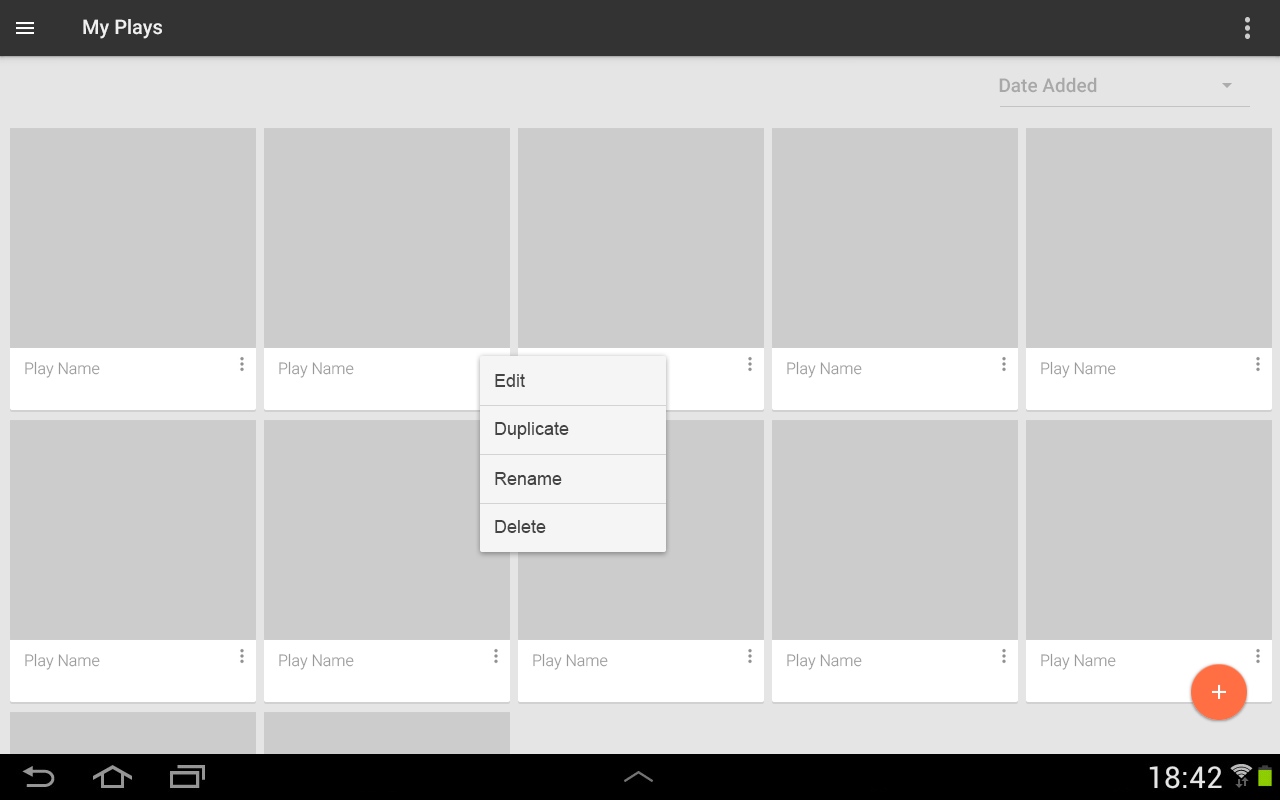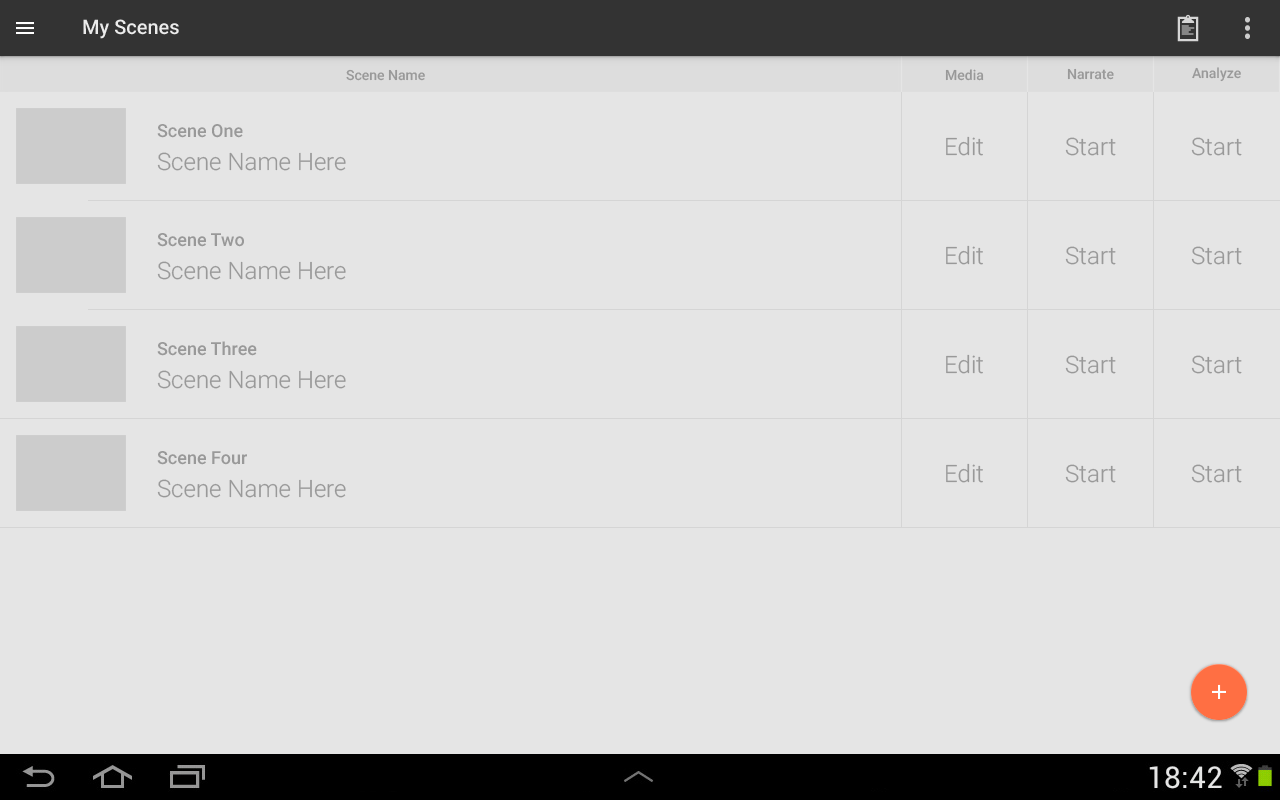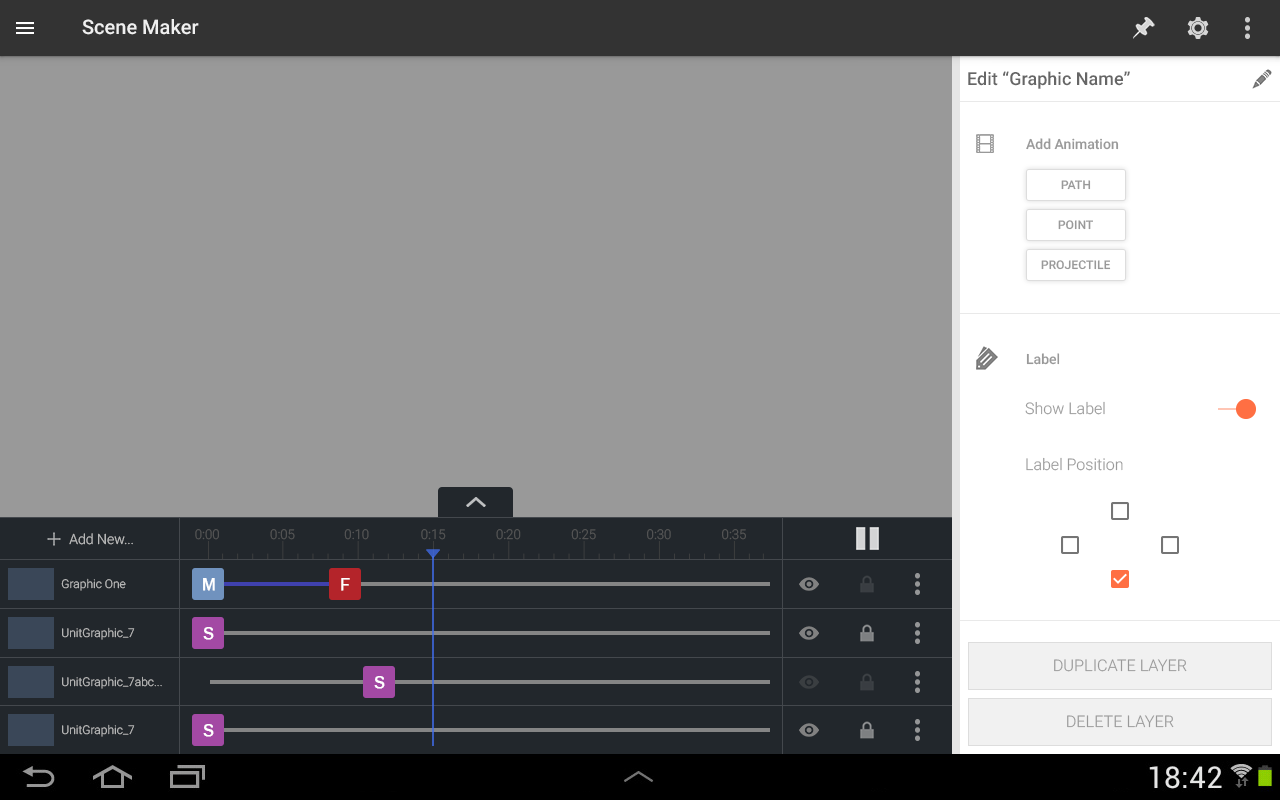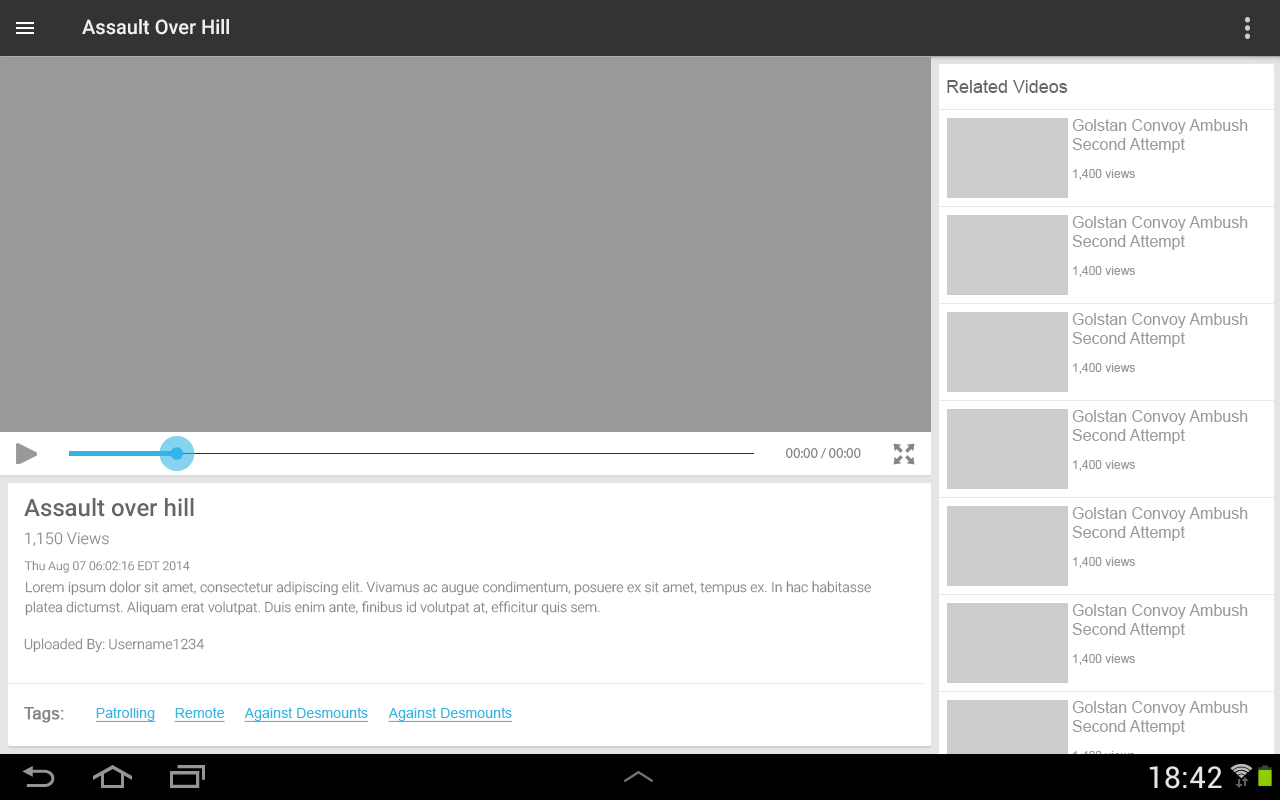Mobile tablet application that allows Soldiers to custom build tactical scenarios with animations
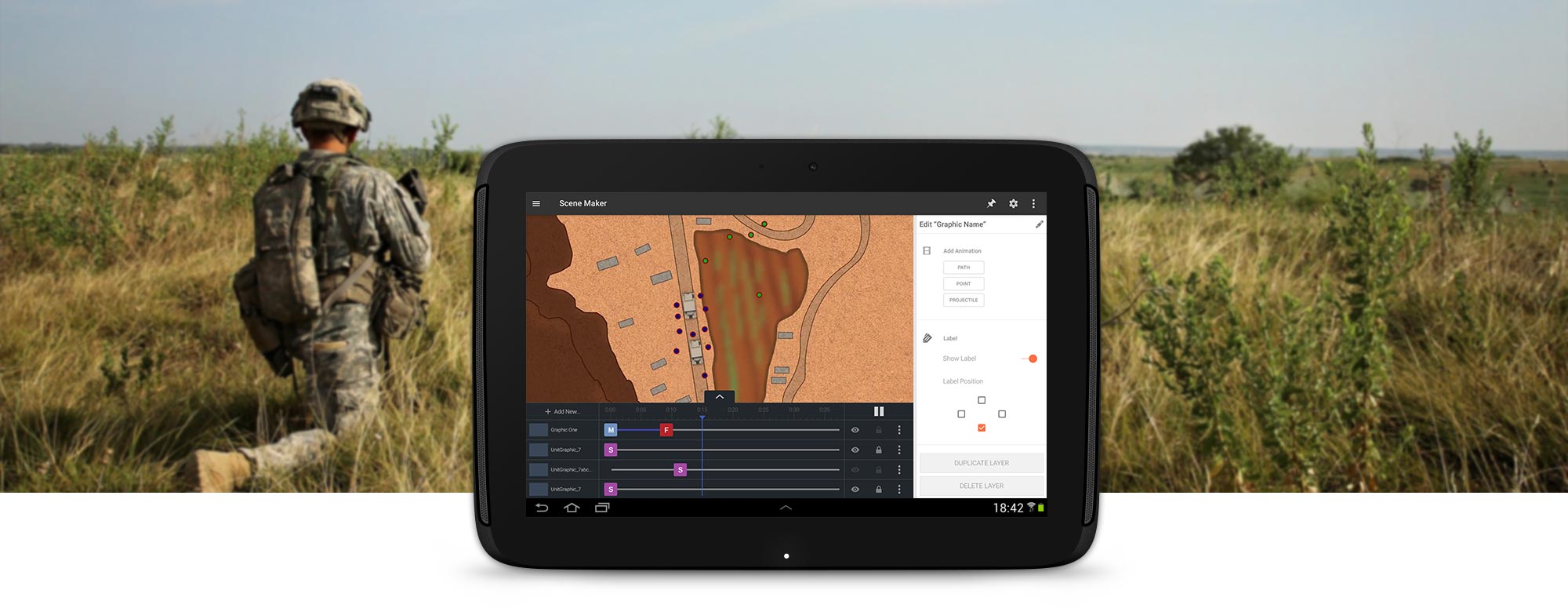
Mobile tablet application that allows Soldiers to custom build tactical scenarios with animations
Playbook is an Android tablet application that allows soldiers to share observations, insights, and lessons learned from the field. Capturing details and small unit knowledge that are often overlooked in general after action reviews. Much like a playbook for basketball or football, Playbook allows soldiers to recreate a scenario or mission on a custom digital canvas with interactive elements.
Over the course of four successful development cycles I helped transform Playbook into an intuitive and powerful tablet application. Yielding additional funding and scope for each phase of development. The first devices where deployed to select military training facilities in 2016. Allowing soldiers to improve their strategic planning by sharing past, present, and future scenarios. Unfortunately, this application is not available for public download. This includes overall campaign statistics and impact.

